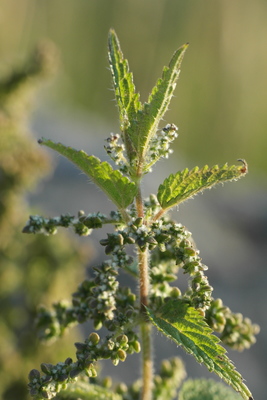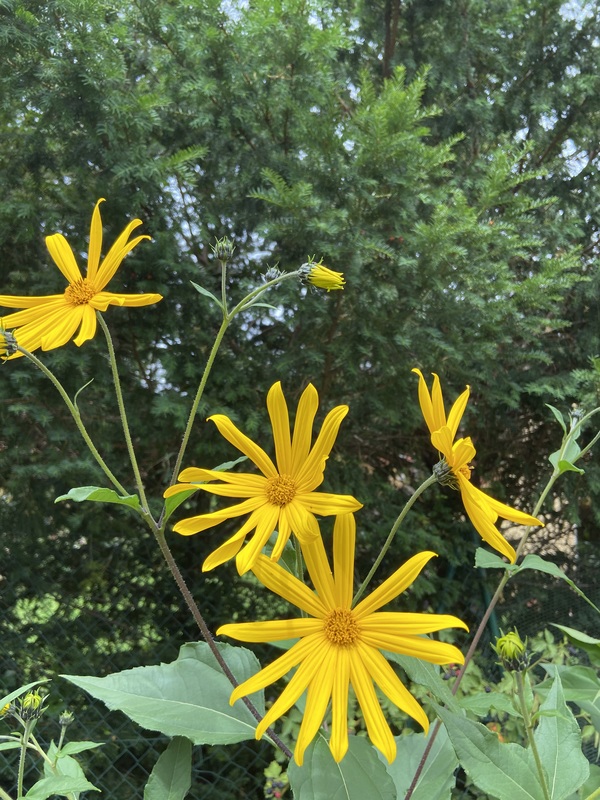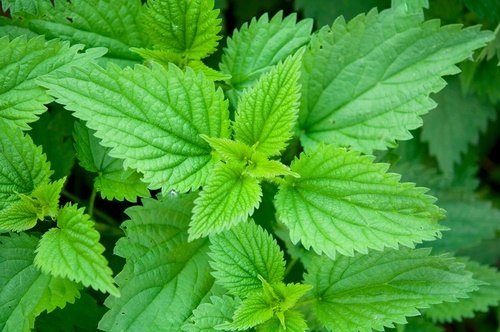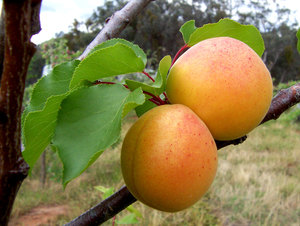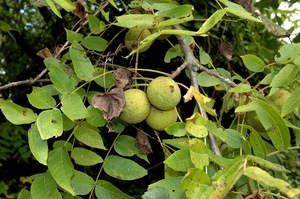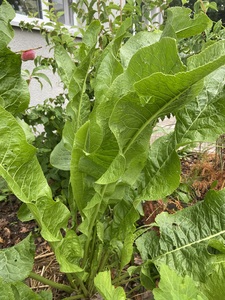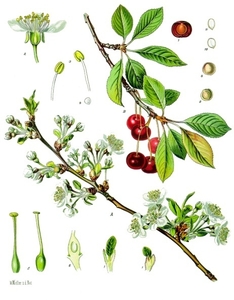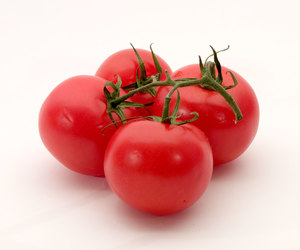Description
Stinging nettle (Urtica dioica) is a perennial plant that is native to many parts of Europe, Asia, and North America. It is found in a variety of habitats, including damp forests, stream banks, and meadows.
Stinging nettle has green, heart-shaped leaves that are arranged opposite each other on the stem. The leaves and stems are covered with tiny, hollow hairs that can inject a painful, stinging sensation when they come into contact with skin. The plant also produces small, greenish-white flowers that grow in clusters.
Stinging nettle can grow to be quite tall, sometimes reaching heights of up to six feet. It grows quickly and can spread rapidly.
To cultivate stinging nettle, it is best to start with rooted cuttings or small plants. The plant prefers moist, well-draining soil and partial shade, but it can also grow in full sun. It is important to keep the soil consistently moist, especially during the plant’s first growing season.
Stinging nettle is edible, but the leaves and stems must be cooked or dried to remove the stinging hairs. The leaves can be used in a variety of dishes, including soups, stews, and teas. They can also be dried and stored for later use. The roots can also be eaten, but they are more difficult to harvest and prepare.
Stinging nettle has a number of uses, both medicinal and practical. The leaves and stems can be used to make a tea that is rich in vitamins and minerals, and has been used to treat a variety of conditions, including arthritis, eczema, and gout. The plant can also be used as a natural fertilizer, thanks to its high nitrogen content. In addition, the leaves can be used as mulch, and the fibers from the stems can be used to make ropes and cloth.
Stinging nettle is also valuable for wildlife, providing food and habitat for a variety of animals. The leaves are a source of food for many species of butterflies and moths, and the plant also provides shelter for small mammals and birds.
Overall, stinging nettle is a versatile and useful plant that has a variety of applications for gardeners, farmers, and herbalists. Despite its painful sting, it is a valuable addition to any garden or landscape.
